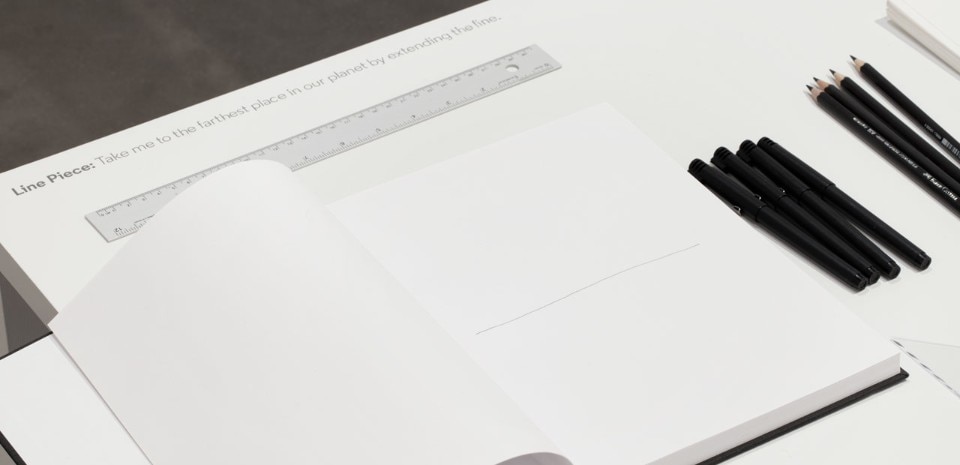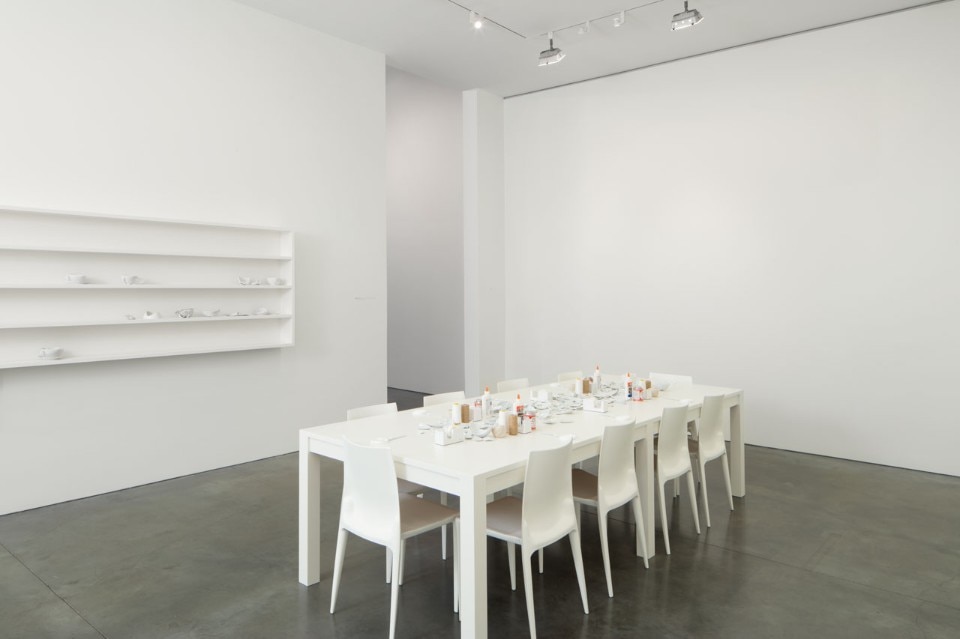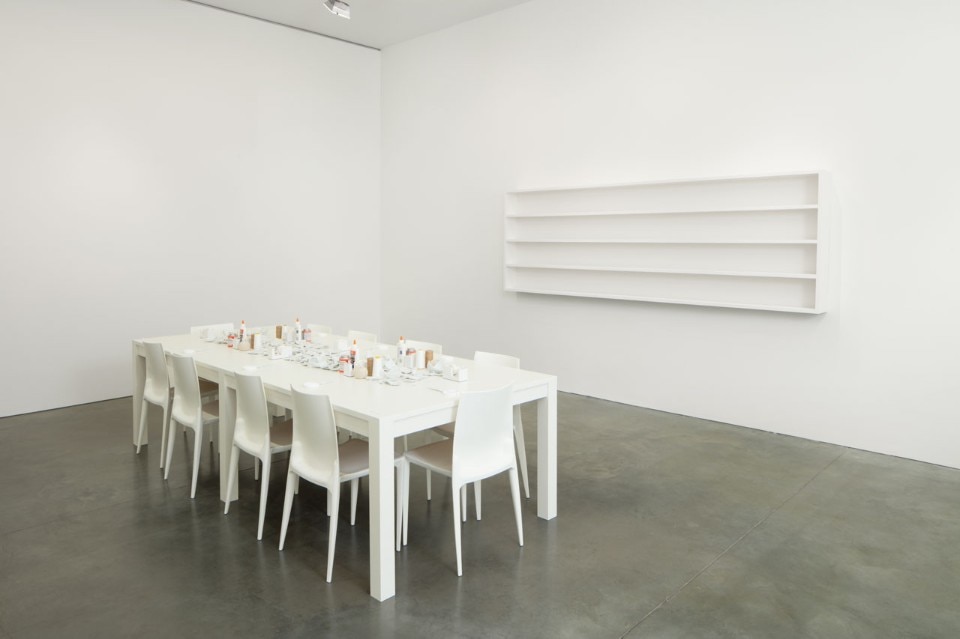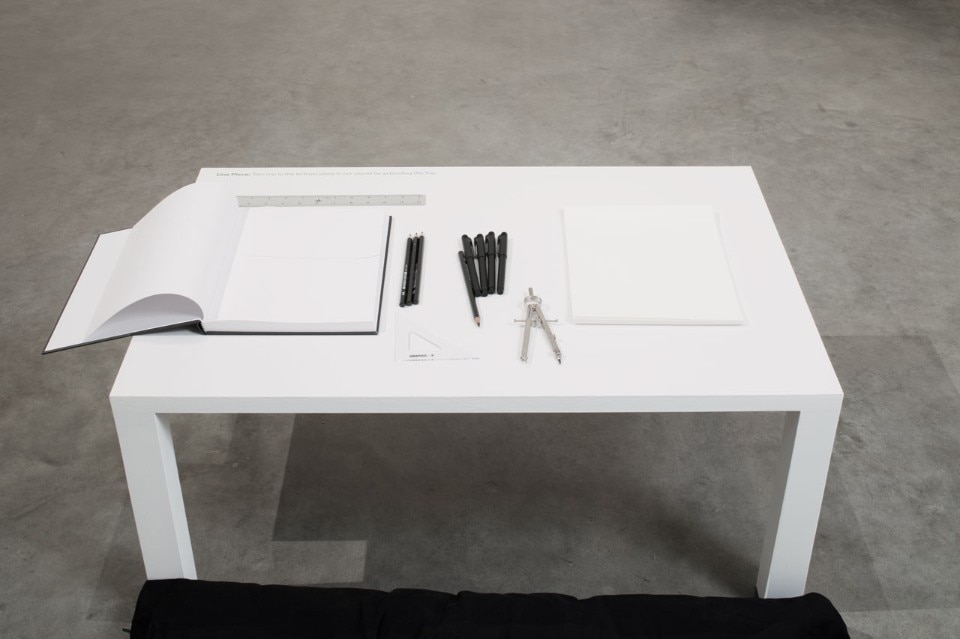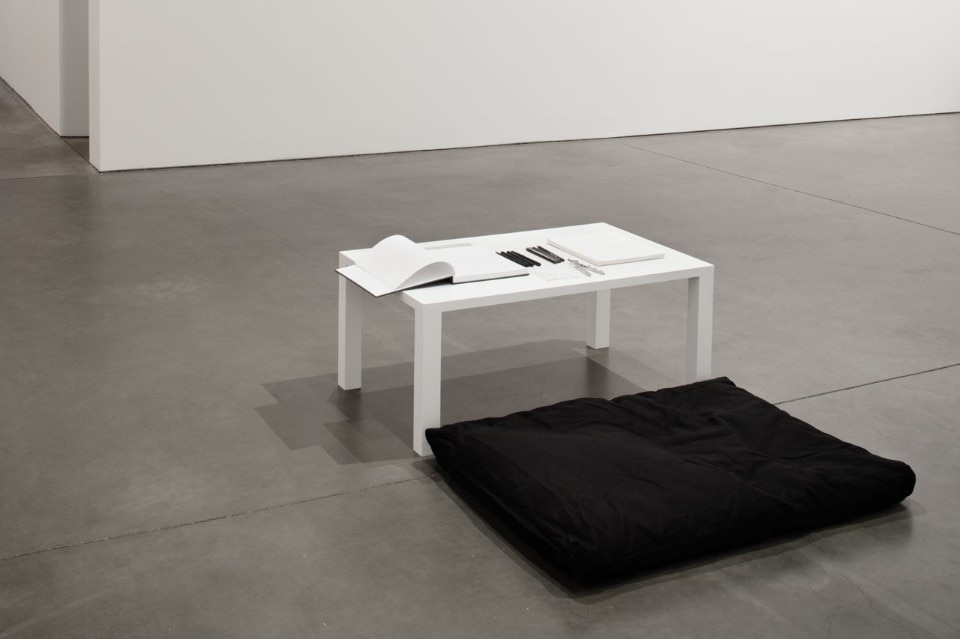Since the early 1960s, audience participation has been a crucial aspect of Ono’s work. To make a village is a political gesture, as well as a formal one. Audience participation is key to completing “The Riverbed” through everyday action coupled with contemplation; they are collaborators with the artist, similar to the collaboration between the artist and the two galleries.
Additionally, it is significant to Ono that all three “principals”– the artist and two gallery leaders – are female; the support and participation of women in power is one of Ono’s longstanding concerns.
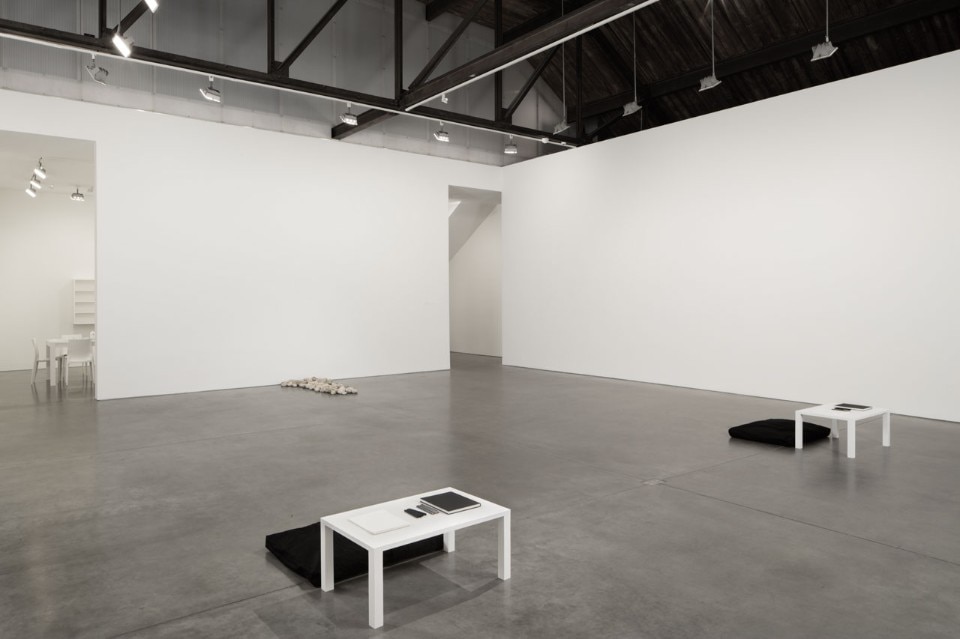
Conceived as two room-sized installations shown in two spaces – a whole in two parts – visitors are encouraged, via instructions, to visit both spaces in order to experience and fully understand “The Riverbed”. Both galleries will have a pile of large river stones that Ono has selected and gathered. She inscribes words like remember, dream, and wish on the stones, which have been honed and shaped by water over time. Visitors may pick up stones and hold it in their laps, concentrating on the word and letting go of their anger or fear, transforming the stone into an emotional object to be placed upon the pile of stones in the center of the room. Additional instructions on paper encourage you to “draw a line to take me to the farthest place in our planet.” Like the Wish Tree, “The Riverbed” becomes a repository of hopes and dreams for individuals and the world. Uniting two separate physical spaces and environments, Ono creates a temporary, but real, village that brings Hikari (light in Japanese) to each space and viewer. Another aspect is to see the difference between the installations at both spaces. Though ostensibly the same, they each evolve differently over time, in part because of how the viewer interacts with the materials. These differences are recorded, providing an opportunity to see that Ono’s works are not only about audience participation, but how the effect has a significance within the work.
Mend Piece, an installation that has been shown in a number of Ono’s retrospectives, reinforces the idea of healing and is shown in the smaller rooms at both galleries. Fragments of broken cups are placed on a table for the audience to mend with tape, string, glue or other materials and then placed on shelves around the all white room, reminiscent of a dream. The metaphor of mending and healing are close. In Ono’s words: ”As you mend the cup, mending that is needed elsewhere in the Universe gets done as well. Be aware of it as you mend.” Following their mending, the participants may have an actual cup of coffee, forming another kind of temporary village.
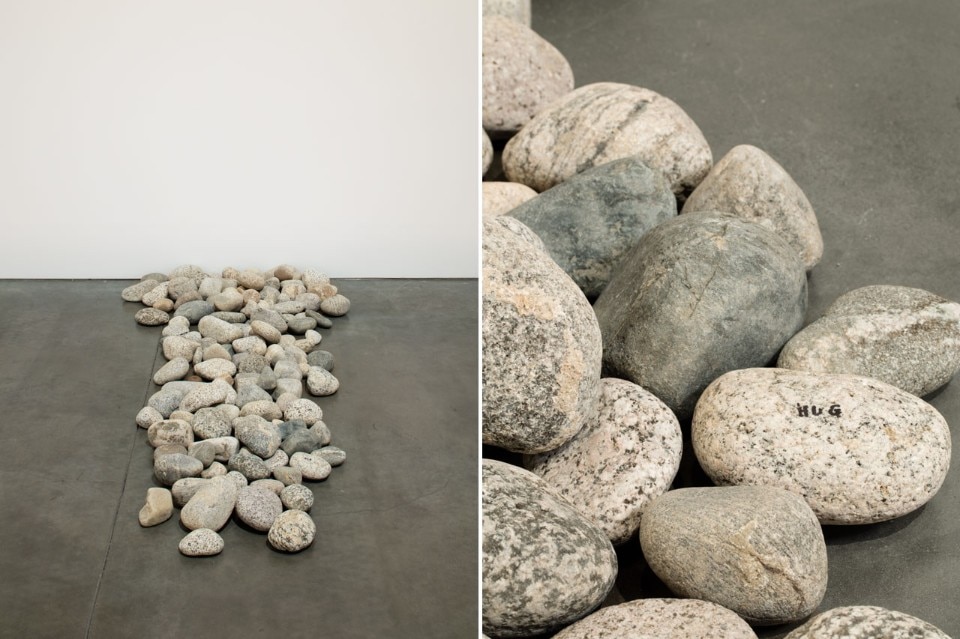
Yoko Ono
The Riverbed
until January 29, 2016
Galerie Lelong
528 West 26th Street, New York
until January 23, 2016
Andrea Rosen Gallery
525 W 24th Street, New York


